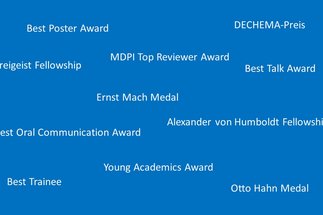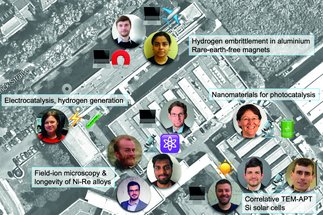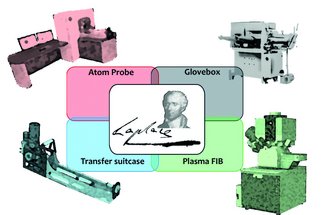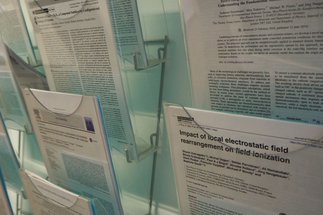Atom Probe Tomography
We have some very good news to share: Dr. Baptiste Gault, head of our research group “Atom Probe Tomography”, was honoured this year with the Leibniz Award, the highest German research award. Dr. Gault is a worldwide leading scientist who pushes the technique of atom probe tomography (APT) to its limits. Already during his PhD studies, he implemented a pulsed-laser source on an atom probe, paving the way for the modern design of commercial APT instruments. He not only probes complex metallic materials at so far unprecedented resolution, but found a way to analyse with APT even biological materials, including proteins suspected to contribute to Alzheimer. His group works on connecting the vast amount of data from APT with machine learning techniques to accelerate and facilitate data extraction. And, one current big project, which is funded by the European Research Council, targets a crucial problem faced both by the steel industry and the hydrogen economy: the effect of hydrogen on metallic alloys. But, let him speak by himself in this very special newsletter edition.




